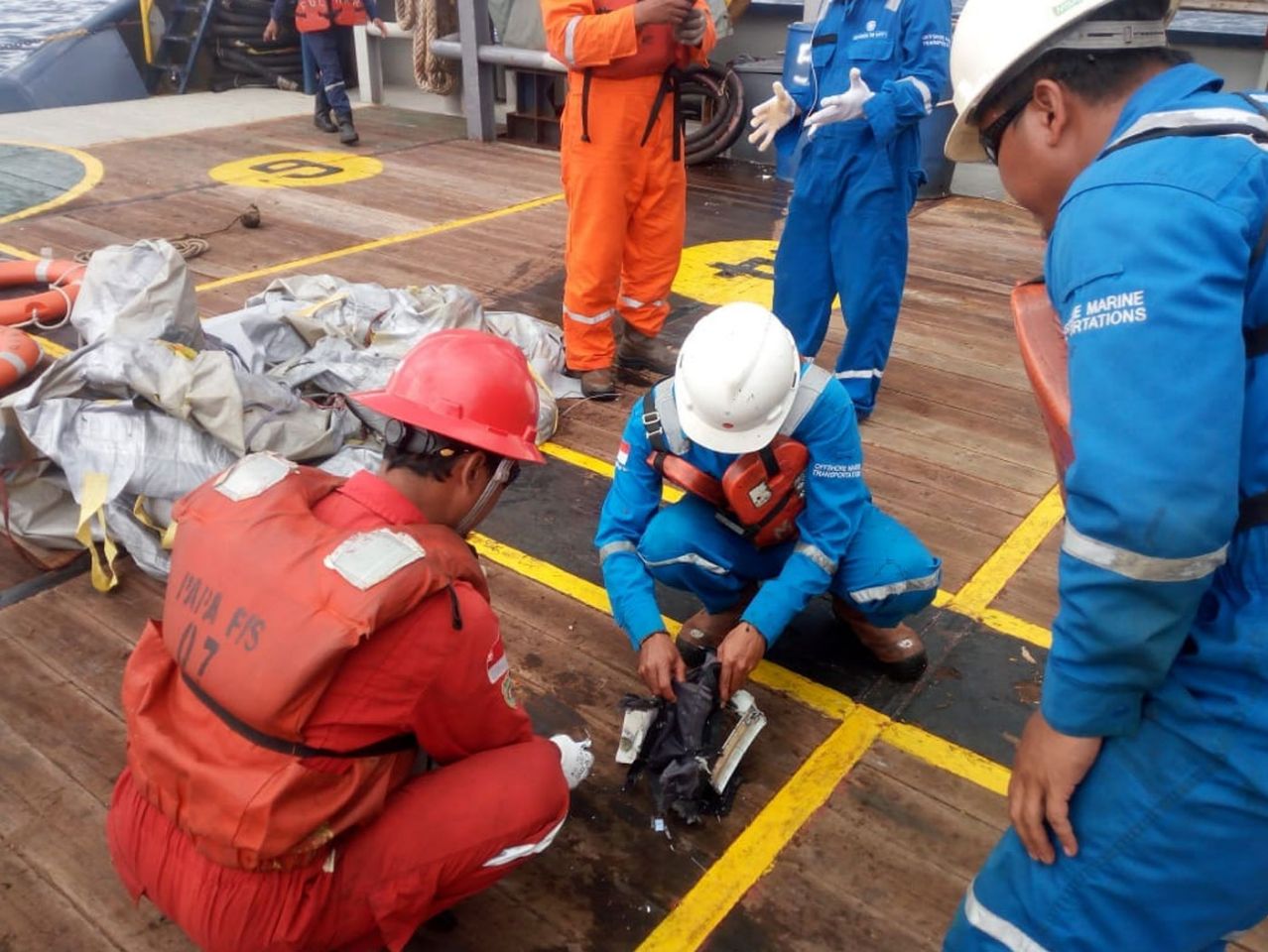According to Aviation-safety.net, this year has been the worst for fatal airline crashes since 2014 with 16 crashes claiming 555 lives reversing a positive trend of steady improvement.
The worst crash was the loss of the Lion Air Boeing 737 MAX which crashed on October 29 after take-off from Jakarta killing all 189 onboard.
Preliminary reports suggest that the accident was caused by the faulty calibration of an Angle of Attack vane which was replaced just before the fatal flight.
READ: Lion Air told to improve safety culture
READ: Lion Air pilots aware of new flight system
In 2014 the downward trend in fatal airliner deaths was given a tragic jolt by the loss of two Malaysian Airlines 777s with a combined death toll of 537 people.
Despite the higher number of deaths from airline crashes this year the accident rate continues to decline overall with 4.5 billion passenger flights and 45 million flights this year.
That translates into a fatal accident rate of 1 every 2.80 million flights.
And if an airline has passed the International Air Transport Association’s Operational Safety Audit (IOSA) the fatal accident rate improves by around 75 percent.
The accident that attracted most attention was the loss of the Lion Air 737.
Indonesia’s National Transport Safety Committee’s (KNKT) preliminary report states that Lion Air put the 737 back into service despite it having had problems on earlier flights.
It stated that the Lion Air 737 was not airworthy and should have been grounded.
The KNKT has also said that an Angle of Attack (AOA) vane which was replaced, because it was faulty, was not correctly calibrated.
After take-off, the AOA gave the captain flying the 737 incorrect data and caused what is called a “runaway stabilizer trim”.
This is caused by the plane’s computers incorrectly sensing the aircraft is going to have an aerodynamic stall and it compensates by pushing the nose down through the stabilizer trim system.
With continual incorrect data feeding into the aircraft’s computers the nose downforce from the stabilizer trim continues.
This happened on the previous flight and the pilots correctly flicked two switches to disconnect the trim system and continued their flight and reported the problem.
However, on the fatal flight, the pilots did not do this.
The KNKT is yet to find the aircraft’s missing cockpit voice recorder which will shed light on what other issues the pilots have been facing.
The other major airline crashes for 2018 involved airlines that were either banned from Europe, were operating aging aircraft and none of these operators, with the exception of Air Niugini, which lost one passenger, had completed the IOSA audit.
























